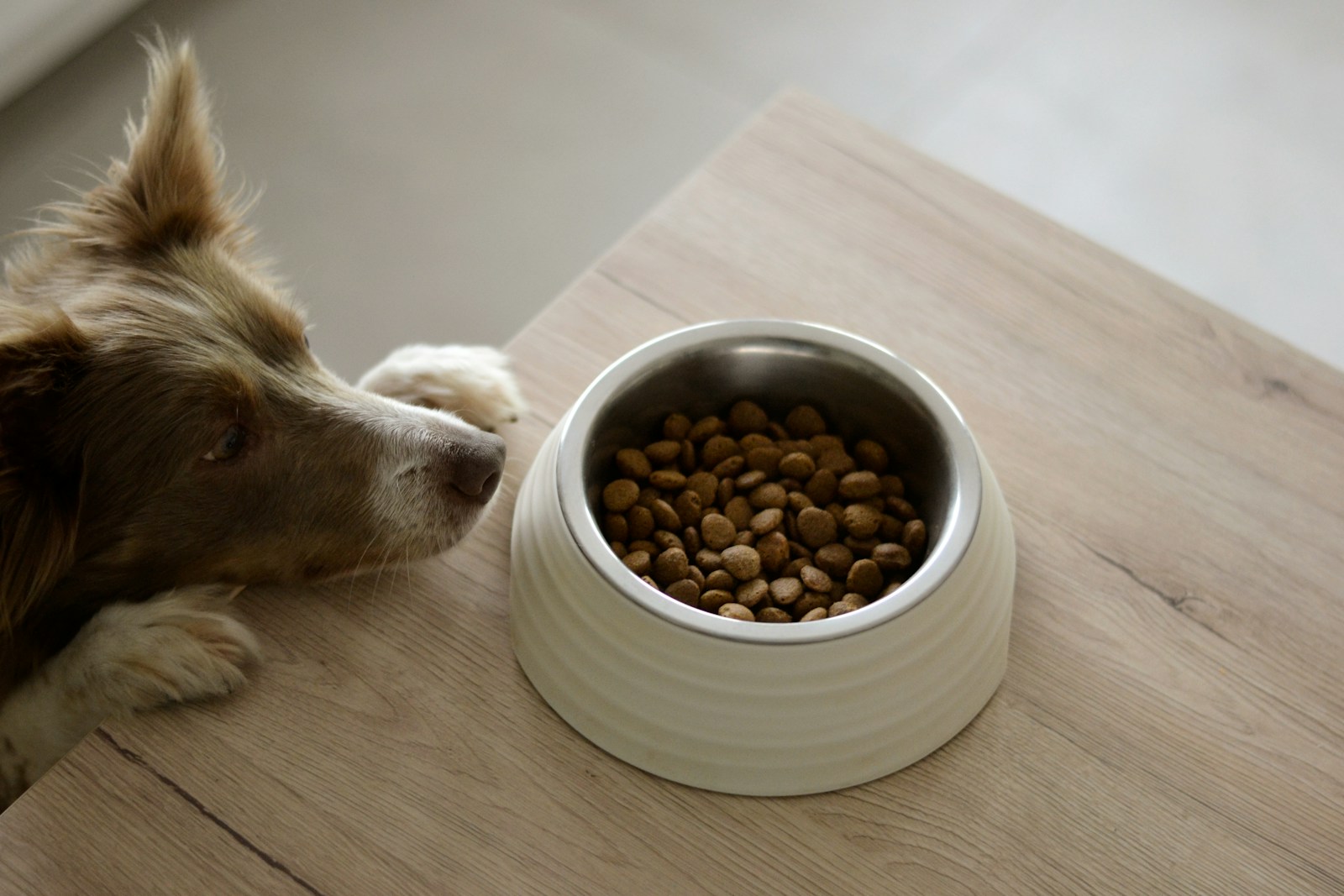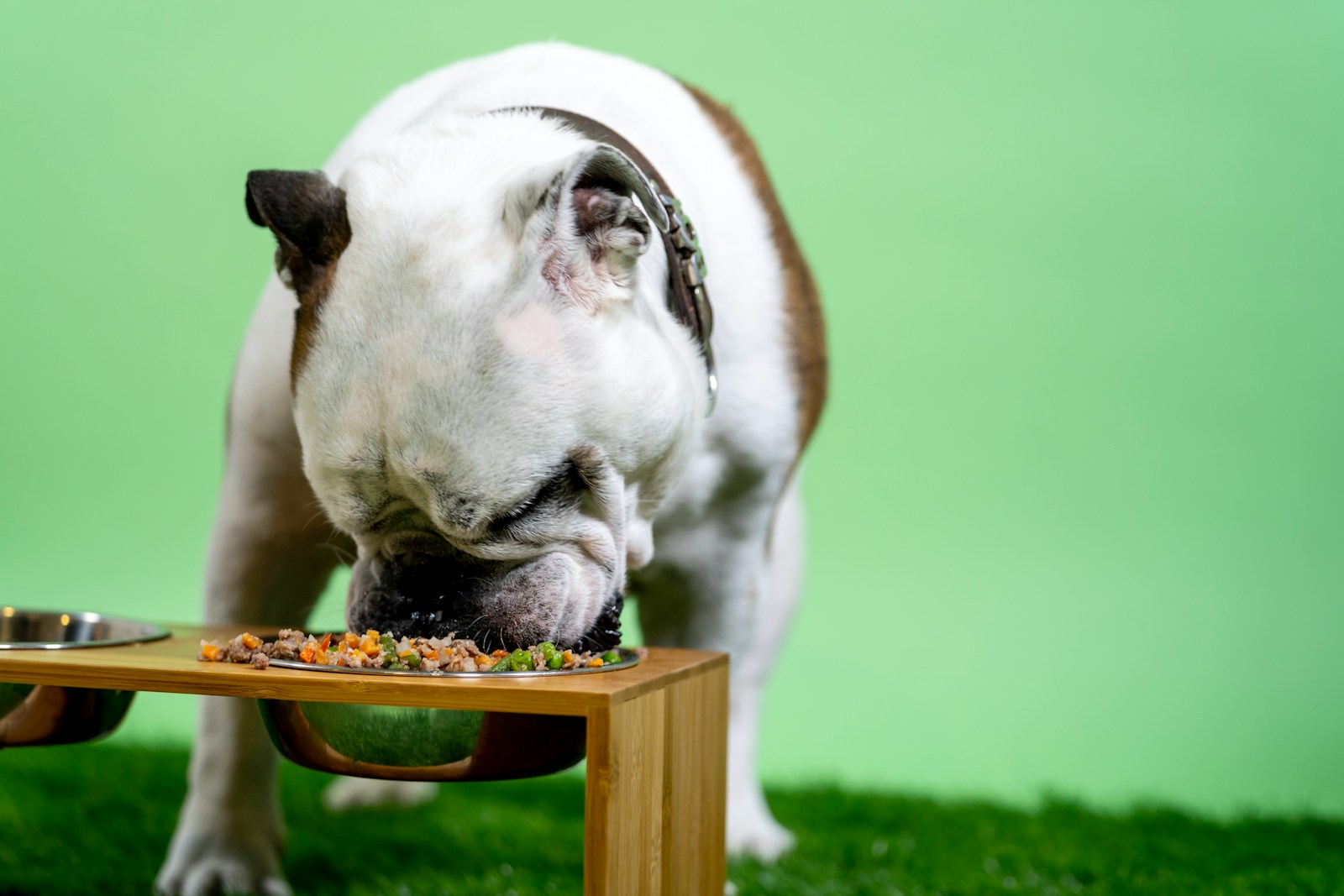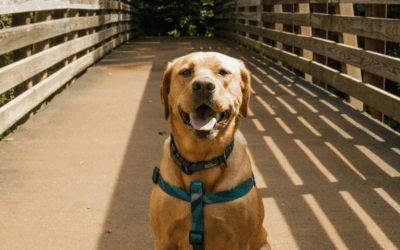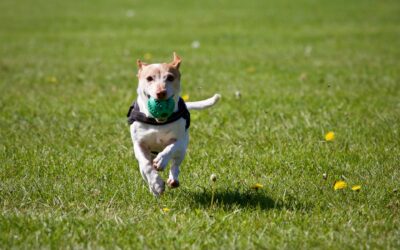Why is my dog not eating his food? Why won’t he eat? Nothing worries a dog owner more than watching their beloved pet push away their food bowl. When your dog suddenly stops eating, it can signal anything from a minor preference change to a serious health concern that causes distress to your dog’s eating habits. Understanding the reasons behind decreased appetite can help you respond appropriately and get your furry friend back to their normal eating habits.
This comprehensive guide explores the most common causes of appetite loss in dogs, warning signs to watch for, and practical solutions to encourage healthy eating. We’ll also discuss when it’s time to contact your veterinarian and how to prevent future feeding issues.
Medical Conditions That Affect Your Dog’s Appetite To Eat Food
Dental Problems and Oral Pain
Dental problems are among the most frequent causes of eating difficulties in dogs. When your dog experiences tooth pain or has dental disease, chewing becomes uncomfortable or painful, leading them to avoid their regular food.
Common dental issues that affect eating include:
- Loose teeth or tooth loss
- Gum disease and inflammation
- Broken or cracked teeth
- Oral infections
Older dogs are particularly susceptible to dental problems, but dogs of all ages can experience oral pain. If your dog shows interest in food but drops it quickly or chews on one side of their mouth, dental issues may be the culprit.
Solution: Schedule a dental examination with your veterinarian. In the meantime, you can soften dog dry food with warm water or switch temporarily to canned food, which requires less chewing.
Underlying Illness and Health Issues
Various medical conditions can cause loss of appetite in dogs. Gastrointestinal problems, kidney disease, liver issues, and infections often manifest with decreased food intake as one of the first symptoms.
Watch for these other symptoms alongside appetite loss:
- Vomiting or diarrhea
- Lethargy or unusual behavior
- Changes in drinking habits
- Foul smell from the mouth
- Difficulty swallowing
Solution: If your dog refuses food for more than 24 hours or shows additional concerning symptoms, contact your veterinarian immediately. Early intervention often leads to better treatment outcomes.
Stomach Upset and Digestive Issues
Sometimes dogs experience temporary stomach upset that makes them reluctant to eat. This can result from eating something they shouldn’t have, stress, or minor digestive disturbances.
Solution: Offer a bland diet of boiled chicken and rice in small portions. If your dog doesn’t resume eating within 24 hours or shows signs of distress, consult your vet.
Behavioral and Environmental Factors
Picky Eater
Some dogs develop picky eating habits, especially if they’ve been offered too many treats or table scraps. When dogs know more appealing options might be available, they may refuse their regular food.
Solution: Establish consistent feeding times and stick to your dog’s regular food. Avoid giving in to demands for treats or human food when they refuse the dog’s kibble.
Changes in Routine or Environment
Dogs are creatures of habit, and significant changes can affect their appetite. Moving to a new home, schedule changes, or even rearranging furniture can stress some dogs enough to impact their eating habits.
Solution: Maintain consistent feeding times and locations. Create a calm, quiet eating environment away from distractions and other pets.
Too Many Treats Between Meals
If you allow your dog to eat treats throughout the day, they may not feel hungry at mealtime. This is particularly common with dogs who receive frequent training treats or table scraps.
Solution: Limit treats to no more than 10% of your dog’s daily caloric intake. Use smaller treats or break larger ones into pieces during training sessions.
Food-Related Issues
Problems with the Food Itself
Sometimes the issue isn’t with your dog but with their food. Spoiled food, a new formula, or even a change in the food’s texture or smell can cause dogs to refuse their meals.
Solution: Check expiration dates and store food properly. If you recently switched foods, transition gradually by mixing increasing amounts of new food with the old over several days.
Food Bowl and Feeding Location Problems
Some dogs are sensitive to their feeding setup. Metal bowls might reflect light in a way that bothers them, or the location might feel too exposed or crowded.
Solution: Try different bowl materials (ceramic, stainless steel, or glass) and ensure the feeding area is quiet and comfortable.
Age-Related Eating Changes
Senior Dogs and Appetite Changes
Older dogs often experience changes in their eating habits due to decreased activity levels, medication side effects, or age-related health issues. They may prefer smaller, more frequent meals or need softer food options.
Solution: Consult your veterinarian about senior-specific diets and feeding schedules. Consider warming the food slightly to enhance its aroma and appeal.
Puppies and Growth-Related Appetite Variations
Young dogs may experience appetite fluctuations during growth spurts or teething periods. Their nutritional needs change rapidly, and they might temporarily lose interest in food.
Solution: Monitor your puppy’s overall health and energy levels. Ensure they’re getting appropriate nutrition for their age and size.
When to Seek Professional Help if Your Dog Won’t Eat
Recognizing Serious Warning Signs
While occasional appetite loss isn’t always concerning, certain symptoms warrant immediate veterinary attention:
- Refusal to eat for more than 24 hours
- Vomiting or diarrhea accompanying appetite loss
- Significant lethargy or behavioral changes
- Signs of pain or discomfort
- Rapid weight loss
Creating a Treatment Plan If Your Dog Isn’t Eating
When your dog stops eating, your veterinarian will conduct a thorough examination to determine the underlying cause of your dog’s appetite loss. This may include blood tests, dental examination, or other diagnostic procedures.
Be prepared to provide information about:
- When the appetite loss began
- Any recent changes in routine or environment
- Other symptoms you’ve observed
- Your dog’s current diet and feeding schedule
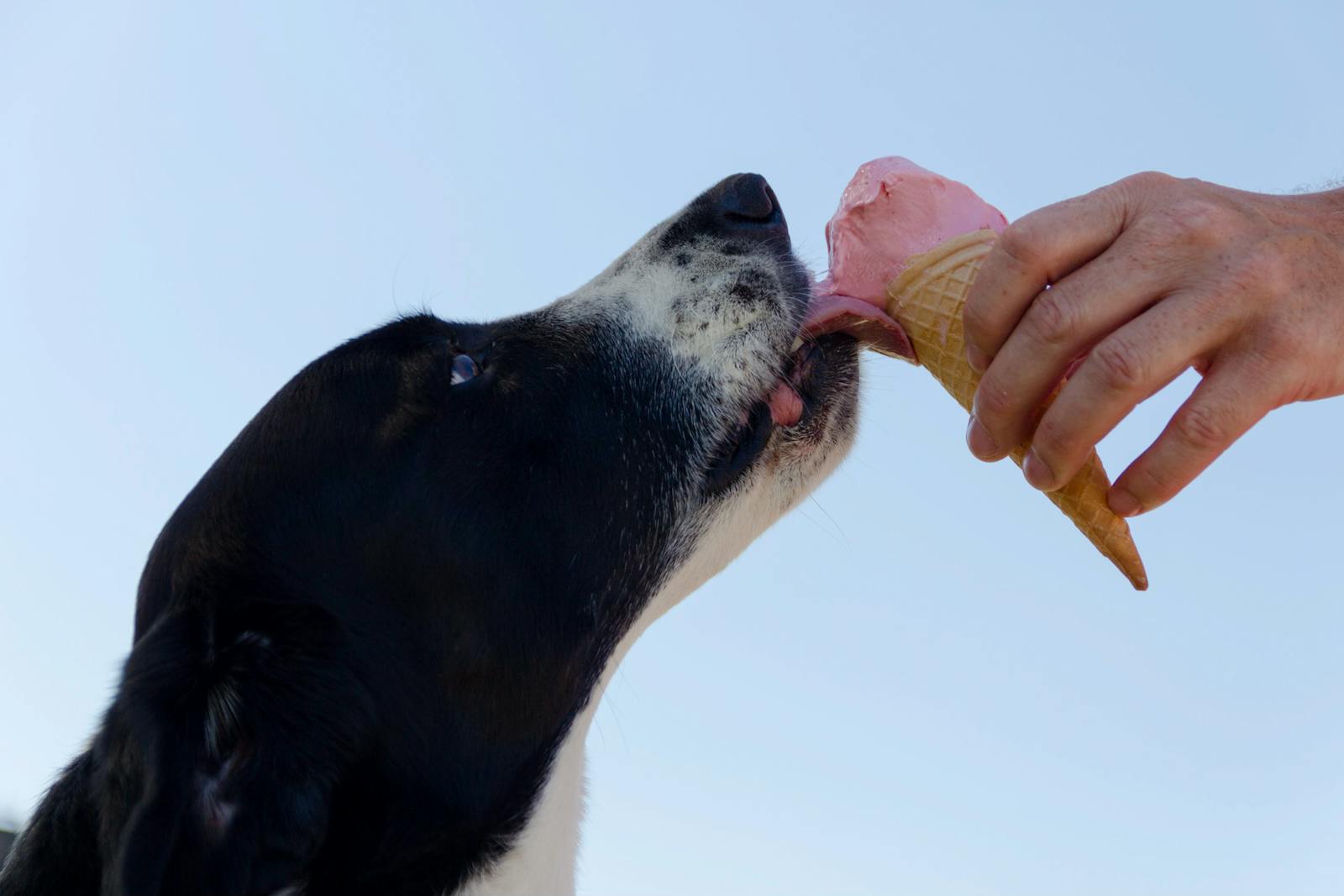
Practical Solutions to Encourage Your Dog To Eat
Making Food More Appealing
Several strategies can help entice a reluctant eater:
- Warm the food slightly to enhance its aroma
- Add a small amount of low-sodium broth
- Mix in a spoonful of plain, cooked chicken
- Try hand feeding small portions to encourage interest
Establishing Healthy Feeding Routines
Dogs thrive on routine. Consistency is key to maintaining good eating habits:
- Feed at the same times each day
- Remove uneaten food after 20-30 minutes
- Provide fresh water at all times
- Keep feeding areas clean and quiet
Transitioning Between Foods
If you need to change your dog’s food, do so gradually:
- Days 1-2: 75% old food, 25% new food
- Days 3-4: 50% old food, 50% new food
- Days 5-6: 25% old food, 75% new food
- Day 7: 100% new food
Why Regular Vet Check-Ups Are Essential for Your Dog
Regular veterinary check-ups are a critical part of ensuring your dog’s overall health and well-being. Here are some of the top reasons why routine visits to the vet should be a priority for every pet owner:
1. Early Detection of Health Issues
Regular exams allow vets to detect potential health problems before they develop into serious conditions. From identifying lumps to catching early signs of illnesses like diabetes or kidney disease, early intervention can save your dog’s life.
2. Preventive Care and Vaccinations
Vaccinations are essential to protect your dog from life-threatening diseases like rabies, distemper, and parvovirus. Routine check-ups ensure your dog’s vaccinations are up to date and provide an opportunity to cover other preventative measures like parasite control.
3. Monitoring Weight and Diet
A healthy weight is crucial for your dog’s overall health, as obesity can lead to a variety of serious conditions such as heart disease and joint issues. During a vet visit, you can receive guidance on proper nutrition and portion control based on your dog’s specific needs.
4. Dental Health Check
Oral health plays a huge role in your dog’s overall wellness. Regular vet visits include dental exams to check for gum disease, tooth decay, and signs of oral infections, which, if left untreated, can lead to more severe health issues.
5. Age-Appropriate Care
From puppies to senior dogs, a vet can offer tailored care based on your dog’s age and stage of life. Puppies might need additional vaccinations and guidance on development, while senior dogs benefit from specialized screenings to address aging-related conditions like arthritis or declining vision.
6. Behavioral Health Support
Unusual behavior like excessive barking, anxiety, or aggression can often indicate an underlying health issue. Regular check-ups allow the vet to assess and address behavioral concerns through medical or training recommendations.
7. Building a Health History
Routine visits build a comprehensive health history for your dog that can be invaluable in the event of an emergency or when diagnosing long-term conditions. This documentation ensures that your vet has all the necessary information to make informed decisions.
8. Longer Lifespan
By addressing health concerns early, staying on top of preventative care, and creating an ongoing record of your dog’s health, regular vet check-ups significantly contribute to extending your furry friend’s lifespan.
Scheduling annual or bi-annual vet visits may seem like a small task, but they carry immense benefits for your dog’s health and happiness. By staying proactive and prioritizing these routine check-ups, you’re giving your pup the best chance at a long, healthy life.

Supporting Your Dog’s Long-Term Health | Why Is My Dog Not Eating His Food?
Regular veterinary checkups are essential for catching potential health issues before they affect your dog’s appetite. Annual wellness exams for younger dogs and semi-annual visits for senior dogs can help identify problems early.
Maintaining good dental hygiene through regular brushing, dental treats, or professional cleanings also prevents many appetite-related issues. The health of your dog’s mouth contributes significantly to your dog’s overall well-being and eating enjoyment.
Remember that each dog is unique, and what works for one may not work for another. Pay attention to your pet’s individual preferences and habits, and don’t hesitate to work with your veterinarian to develop a feeding plan that keeps your dog healthy and happy.
Top Dog Foods for Picky Eaters In 2025
Finding the perfect dog food for a picky eater can be challenging, but there are high-quality products specifically designed to entice even the most selective pups. Below is a curated list of top dog foods and brands that cater to picky dogs, complete with links for easy purchasing:
The Farmer’s Dog
Made with human-grade ingredients and customized meal plans, this fresh, nutritious dog food is perfect for picky eaters.
Visit The Farmer’s Dog Website
Blue Buffalo Life Protection Formula
Featuring real meat and wholesome grains, Blue Buffalo offers a flavorful and balanced meal that many dogs adore.
Shop Blue Buffalo Life Protection Formula
Hill’s Science Diet Dog Food
Known for its high-quality ingredients and tailored nutrition, Hill’s Science Diet provides great taste and health benefits.
Taste of the Wild High Prairie
With roasted meats and a grain-free recipe, this premium dog food offers a taste that will excite your dog at every meal.
Purina Pro Plan Savor Shredded Blend
This combination of crunchy kibble and tender shredded pieces provides a unique and flavorful texture that picky dogs enjoy.
Wellness CORE RawRev
Blending high-protein kibble with pieces of freeze-dried raw meat, Wellness CORE offers an irresistible option for picky dogs.
Canidae PURE Limited Ingredient Dog Food
Crafted with a simplified recipe and real meats like salmon or lamb, Canidae PURE is ideal for picky eaters with sensitive stomachs.
By exploring these top-rated options, you can ensure your dog gets a flavorful, nutritious meal they’ll look forward to every day.

Getting Your Dog Back to Healthy Eating- Visit Snouts and Stouts Indoor Dog Park and Bar
Loss of appetite in dogs can stem from various causes, ranging from simple preference changes to serious medical conditions. By understanding the potential reasons behind your dog’s reluctance to eat and implementing appropriate solutions, you can help restore their normal eating habits and ensure their continued health.
The key is to observe your dog carefully, note any accompanying symptoms, and respond appropriately to their needs. When in doubt, consulting with your veterinarian provides the best path forward for your pet’s health and your peace of mind.
If you’re in the Northern Virginia area and want to give your dog a fun, social environment that promotes overall well-being, consider visiting Snouts & Stouts. Our indoor dog park provides a safe space for dogs to exercise, socialize, and work up a healthy appetite through play and activity.
